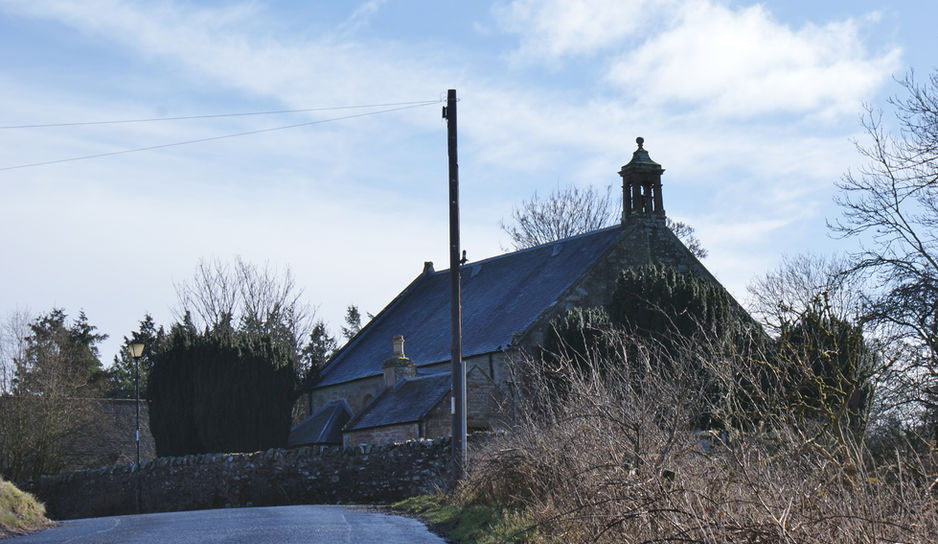
Our history
Our sanctuaries are steeped in history, click on the buttons to find out more.
THEN …
Both our church buildings are on sites where there has been Christian worship for many centuries. The present Aberdalgie building erected in 1773 was followed five years later by the present Forteviot building which houses a bell dated c900AD. The congregations of Muckersie in 1618 and Pathstruie in 1973 were included. In those days they served a rural area with farms employing many families.
… AND NOW
What a lot of changes have happened! The speed of change is accelerating! Many in the congregation are from Perth which has extended into the parish area.
Aberdalgie Church
Aberdalgie Church has had several significant patrons since the start of the 14th century. Sir William Oliphant of Aberdalgie is buried in the churchyard at the site of the old church which is set off the road a few hundred yards from the present site. Sir William’s neighbour in 1304 was his cousin William de Dupplin.
Aberdalgie was united with the parish of Dupplin in 1618 and in 1725 the patronage was assumed by the Earl of Kinnoull, who built the present Church in 1773. The Dewar family became lairds of Dupplin in 1911 and the church was extensively remodelled by Baron Forteviot in 1929. A significant refurbishment was carried out in 1993, the majority of which was financed by Lord Forteviot.
The top stone of Sir William Oliphant’s burial vault is next to the pulpit and the Kinnoull burial vault is beneath the East end of the church. The building contains a Laird’s gallery and the former retiring room is currently used as the Church Office. Aberdalgie has a cemetery to the North of the church.
Read more about our history here
Forteviot Church of St Andrew
Recent archaeology indicates that Christians were first buried in Forteviot graveyard in the sixth century. In the ninth century Kenneth Macalpin, the king who unified the Picts and Scots into a single nation, had his royal palace and chapel here. From the early thirteenth century Forteviot Church was in the gift of the Diocese of St Andrews and after the Reformation, St Andrews University became the patron.
The pre-reformation parish church of Muckersie was united with Forteviot in 1618 and Pathstruie in 1957. The present building, the third on the site, was erected in 1778.
Archaeological artefacts of major historic significance are housed within Forteviot church including several pictish carved stones, fragments of the Dronachy Cross; a Celtic hand bell (c900 AD) and the main church bell dating to 1657.
The impressive medieval stone font in Forteviot church was formerly located in Muckersie chapel.
Forteviot is located within the walled grounds of a sizeable cemetery. The adjacent Village Hall is used by the church for large events and services.
Pictish Stones
From 6th century AD Christian burials, to links with Kenneth Macalpin - the 9th Century AD king who unified the Picts and Scots, plus post-reformation patronage from St Andrews University, Forteviot is steeped in history.
Includes archaeological artefacts of major significance such as the Forteviot bell and the beautifully exhibited Pictish carved stones. Across the road is the new Pictish carved stone of Forteviot.















